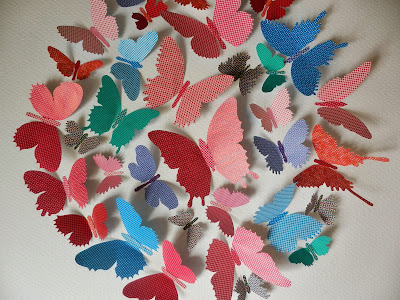Art/Fashion collaborations seem to be quite the thing now. The Alexander McQueen/Damien Hirst skull scarf collaboration produced some great results, and now Dior are using Andy Warhol's early shoe drawings to good effect also. I was fortunate enough recently to be able to see a private collection of Warhol's early illustrative shoe drawings. It was great to be able to get up close and examine them and his drawing technique first-hand, and in relative privacy. His blobby, linear drawing style was unique at the time, and the use of butterflies quite whimsical.
Raf Simons and the design team at Dior have realised the beauty of Warhol's early shoe drawings, and with the permission of the Warhol Foundation, put them to use decorating a series of Dior handbags and dresses for their A/W 2013 collection. It is not the first time that Simons has sought inspiration from artists, as previous collections have seen him using the work of artists from the Bauhaus movement as well as that of Picasso and Roualt. I really like the Butterfly Shoe illustration hand-bag and clutch, and think it is a particularly apt use of the art/fashion collaboration considering the drawings were originally commissioned for Harper's Bazaar fashion magazine in the 1950s.




















































